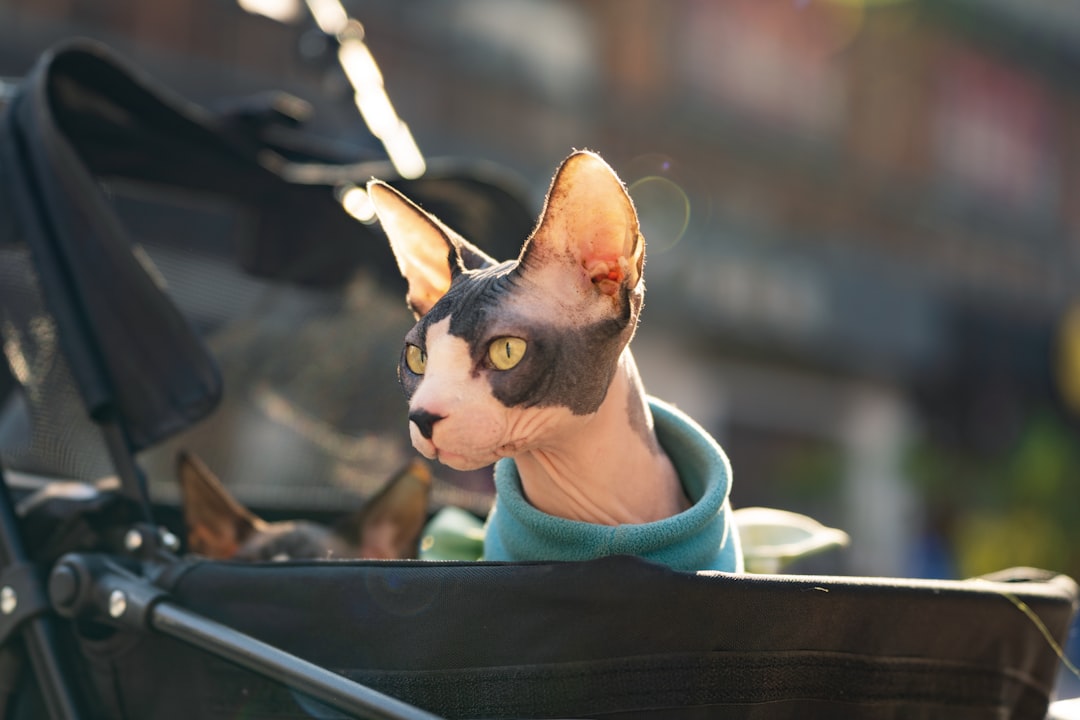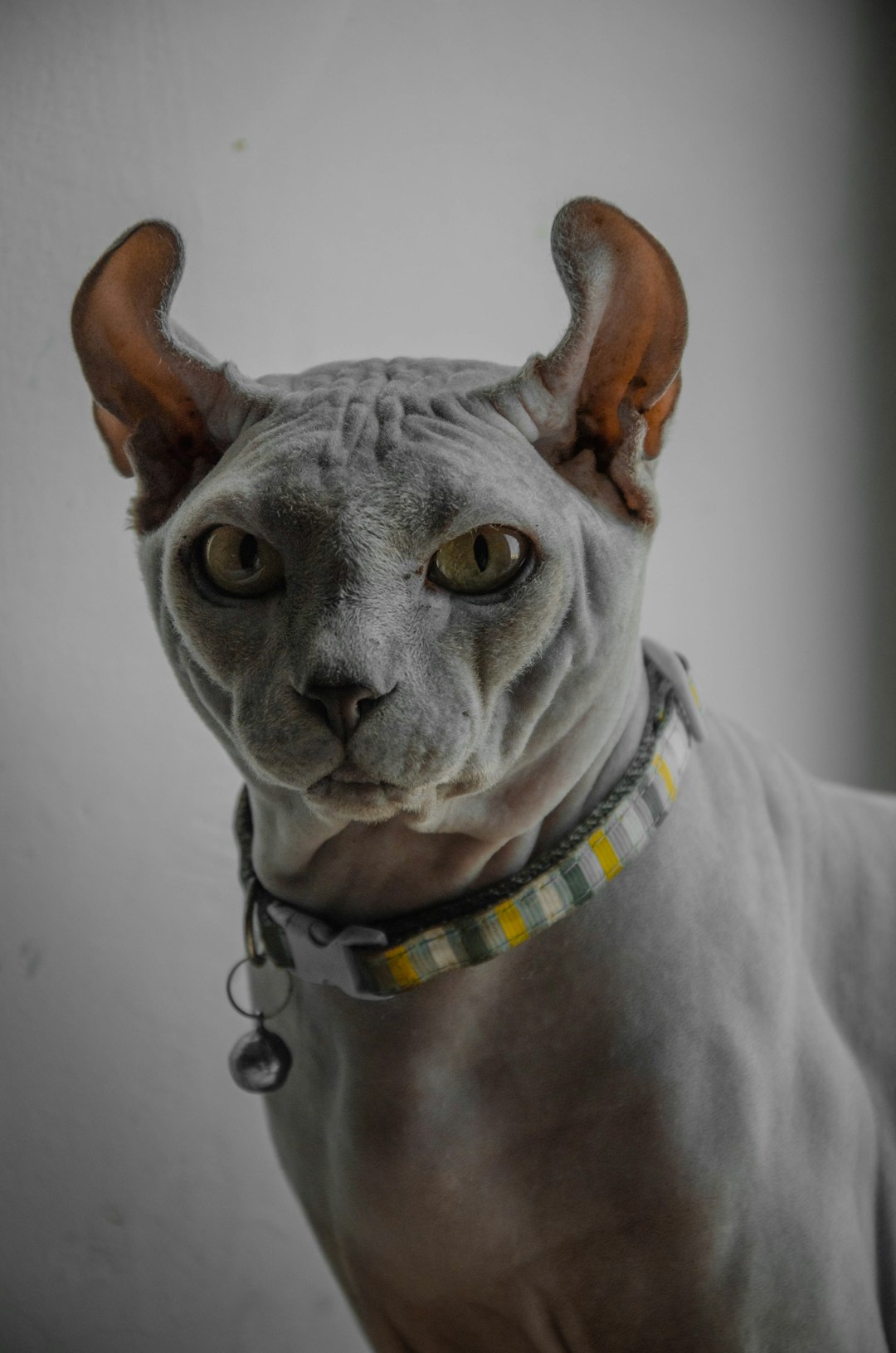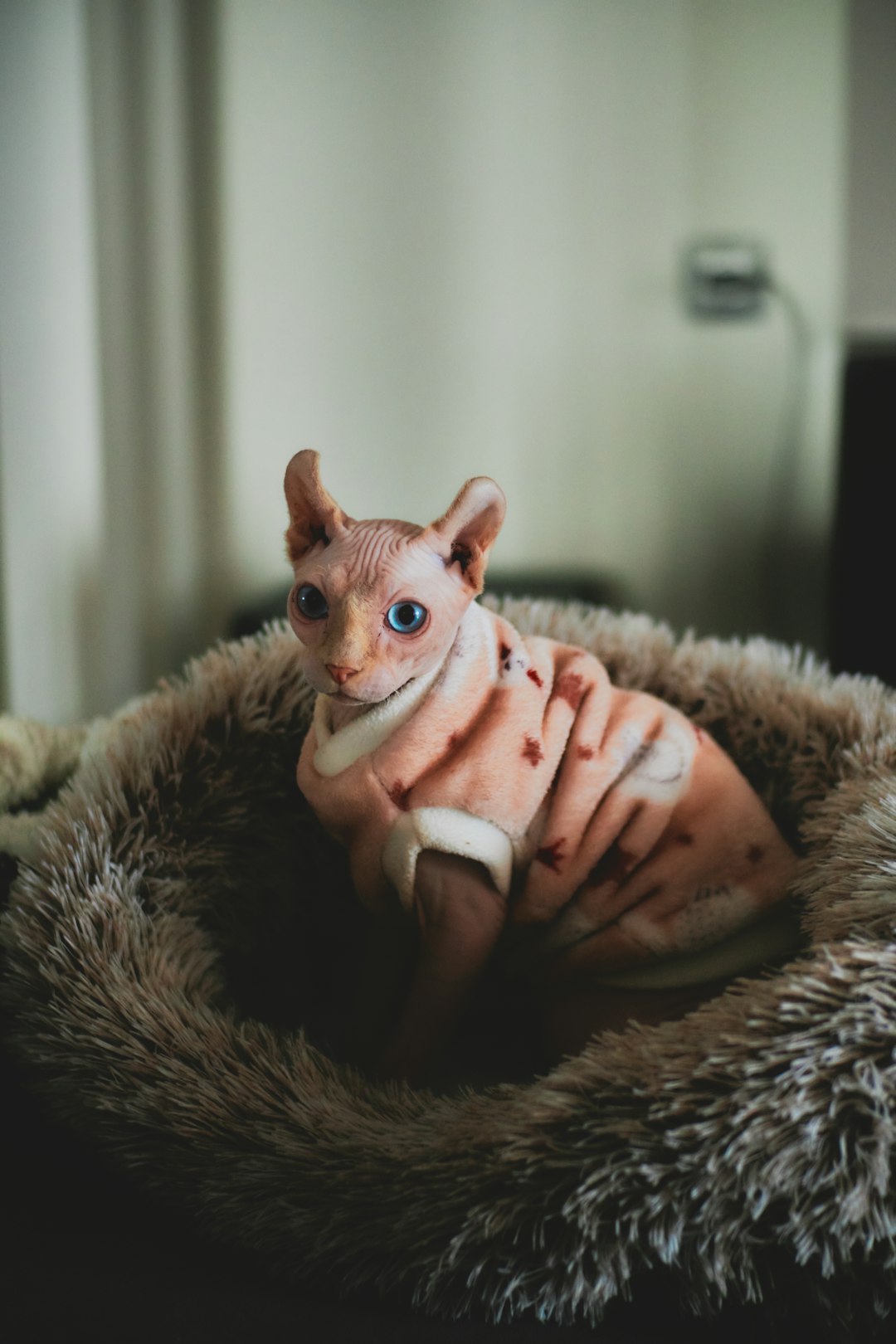Cats possess a unique vision system that differs significantly from that of humans. While we perceive a vibrant spectrum of colors, the question remains: what colors can cats see? Research indicates that feline eyes contain fewer cone cells, which limits their color perception, primarily enabling them to see shades of blue and green. Understanding these differences not only fascinates pet owners but also helps them create more engaging environments for their furry friends. By exploring the intricacies of feline vision, we can appreciate the world through our cats’ eyes.
Understanding Feline Vision Basics
Feline vision is both fascinating and complex. Understanding how cats perceive their surroundings provides insight into their behavior and needs. Here are the key aspects of what colors can cats see:
Rods vs. Cones: Cats have more rod cells, which are sensitive to low light levels. This adaptation enhances their night vision but limits their ability to see color compared to humans. While humans have three types of cone cells for color detection, cats only possess two.
Color Spectrum: Research suggests that cats primarily see shades of blue and green. They are less sensitive to reds and pinks, meaning these colors may appear grayish or muted. Their perception can be compared as follows:
| Color | Visibility to Cats | Visibility to Humans |
|---|---|---|
| Blue | Highly visible | Highly visible |
| Green | Moderately visible | Highly visible |
| Red | Poorly visible | Highly visible |
| Yellow | Moderately visible | Highly visible |
- Motion Detection: Cats excel in detecting movement, which is crucial for hunting. Their vision helps them swiftly notice even subtle changes in their environment, which aids in their predatory instincts.
In summary, understanding what colors can cats see reveals a unique world of perception that differs significantly from our own.

How Cats Perceive Color
When considering what colors can cats see, it’s essential to understand their unique vision. Unlike humans, cats have a different way of perceiving colors through their eyes, which contain a lower proportion of cone cells.
Key Points on Feline Color Perception:
Limited Spectrum: Cats primarily perceive colors in a restricted range, similar to a colorblind human. They see early stages of the color spectrum, such as:
- Blue: Bright shades stand out.
- Green: Recognized but less vividly.
- Red: Mostly appears grayish or black.
Rods vs. Cones: Cats have a higher number of rod cells than cone cells, enhancing their ability to see in low light rather than distinguishing colors.
Night Vision: Due to their rod-rich retina, cats excel in dim lighting, making them skilled nocturnal hunters.
In Summary:
Overall, while cats perceive fewer colors compared to humans, their visual acuity in low light and motion detection compensates. Understanding what colors can cats see helps cat owners create engaging environments that cater to their pet’s vision preferences.
The Science Behind Color Vision in Cats
Understanding what colors can cats see involves a look at their unique eye structure. Unlike humans, cats primarily rely on rods and have fewer cones. Here’s a breakdown of the science:
Rods:
- Cats have a higher number of rod cells, allowing them to see well in low light.
- This enhances their nighttime hunting abilities.
Cones:
- Cats possess fewer cone cells compared to humans.
- They can detect limited colors, especially in the blue and yellow ranges, but struggle with reds and greens.
In summary, while humans have three types of cones allowing for rich color perception, cats only have two, which greatly influences what colors can cats see.
Here’s a quick comparison of vision:
| Feature | Human Vision | Cat Vision |
|---|---|---|
| Rods | Fewer | Many |
| Cones | Three types | Two types |
| Color Perception | Wide range | Limited range (blue, yellow) |
Ultimately, recognizing the science behind cat vision helps us understand their world, revealing how beautifully different it is from our own.
Differences Between Cat and Human Vision
Understanding the differences between cat and human vision reveals fascinating insights into how these animals perceive the world. While both species share some similarities, distinct disparities exist, particularly in color perception and visual acuity.
Key Differences
Color Spectrum:
- Cats: Primarily perceive blues and greens.
- Humans: See a broader spectrum, including reds and oranges.
Color Sensitivity:
- Cats have fewer cone cells, limiting their ability to see a vast range of colors. Thus, what colors can cats see might be more muted compared to human vision.
Night Vision:
- Cats excel in low-light conditions due to a higher number of rod cells, which allow them to see better in dim lighting than humans.
Visual Acuity
- Cats: Have less clear vision at great distances, focusing better up close.
- Humans: Generally possess a sharper vision across various distances.
In summary, while cats experience a narrower color palette, they compensate with superior night vision. Understanding what colors can cats see enriches your knowledge as a cat owner and enhances your interactions with your pet.

The Role of Rods and Cones in Cat Eyes
Understanding the role of rods and cones in feline eyes helps explain what colors can cats see.
Rods:
- Functionality: Rods enhance night vision, allowing cats to see in low light.
- Sensitivity: They possess high sensitivity to light but do not detect color.
- Quantity: Cats have a higher number of rods (up to 25 times more than humans), making them excellent nocturnal hunters.
Cones:
- Functionality: Cones are responsible for color vision.
- Types: Cats have fewer cones compared to humans, mainly focusing on blue and green wavelengths.
- Color Perception: Research suggests that cats can see colors, although their palette is limited. They likely perceive shades of blue, yellow, and gray while red hues remain elusive.
Comparison of Rods and Cones in Vision:
| Feature | Cats | Humans |
|---|---|---|
| Rods | High sensitivity, many | Moderate sensitivity |
| Cones | Fewer, limited range | More types, vivid colors |
| Night Vision | Excellent | Good, but less effective |
In summary, while cats do see some colors, their enhanced night vision primarily stems from their abundance of rods, which highlight their ability to thrive in dim conditions rather than their color perception abilities. Thus, when considering what colors can cats see, remember that vision is adapted more for survival than for color enjoyment.
Common Misconceptions About Cat Vision
Many people hold misconceptions about feline vision, especially regarding what colors can cats see. Here’s a look at some prevalent myths and the realities behind them:
Myth 1: Cats see only in black and white.
Reality: While cats do perceive fewer colors than humans, they can see shades of blue and yellow, enabling them to differentiate between various hues.Myth 2: Cats are completely nocturnal.
Reality: Cats are crepuscular, meaning they are most active during dawn and dusk. Their vision is adapted for low light, thanks to the high number of rod cells that enhance night vision.Myth 3: Cats have poor depth perception.
Reality: Cats possess excellent depth perception, which helps them accurately judge distances when hunting or jumping.Myth 4: Cats can see all colors as humans do.
Reality: Human eyes have three types of cone cells, while cats have only two. Consequently, they perceive a limited spectrum, primarily greens and blues.
Understanding these misconceptions clarifies what colors can cats see and enhances our appreciation for their unique visual abilities.
Environmental Influences on Color Perception
The environment plays a significant role in how cats perceive colors. Here are key factors that influence their color vision:
Lighting Conditions: Cats have a higher number of rod cells, which makes them exceptional in low-light situations. However, bright light can wash out colors, making it difficult for cats to distinguish between hues.
Surface Reflectivity: Different surfaces reflect light in unique ways. For instance, a shiny surface may cause glare that can alter a cat’s visual perception, impacting how they see colors.
Surrounding Colors: Just like humans, cats can experience color through contrast. A color may appear more vivid against a contrasting background. Therefore, even familiar colors may look different depending on their environment.
Distance and Focus: Cats are nearsighted, which means they perceive colors better at closer distances. As objects move further away, their color clarity diminishes.
Understanding these environmental influences can help cat owners make better choices regarding toys, furnishings, or play areas, ultimately enhancing their feline’s engagement and play. So, when considering what colors can cats see, remember that context is key!

Implications for Cat Owners Regarding Color Choices
Understanding what colors can cats see can help cat owners make informed decisions about their pets’ environment and toys. While cats’ color perception differs from humans, it still plays a significant role in their interaction with the world. Here are some implications for cat owners:
Toy Selection: Choose toys in colors that cats can distinguish, such as blue and yellow. Avoid red and green, as these colors may appear grayish to your feline friend.
Home Décor: Consider your cat’s visual perception when selecting decor. Soft blues or yellows can create a stimulating environment that engages their senses.
Furniture and Accessories: Opt for cat trees and scratching posts in bright colors. They can stand out better in your cat’s vision, inviting playtime and exploration.
Safety: Ensure that any painted or colored items in your home are non-toxic, as cats may be tempted to chew.
Simply put, knowing what colors can cats see enhances their quality of life while strengthening the bond between you and your furry companion.
Frequently Asked Questions
What colors can cats see compared to humans?
Cats have a different vision spectrum than humans. While humans can see a wide range of colors including reds, blues, and greens, cats primarily see shades of blue and green. They have a limited ability to perceive reds and pinks, which may appear gray or brown to them. This means their color palette is shorter, but they are better at detecting motion and seeing in low light conditions.
How does a cat’s night vision compare to humans?
Cats possess superior night vision compared to humans. This is due to a higher number of rod cells in their retinas, which are specialized for low-light conditions. In addition, cats have a reflective layer behind their retinas called the tapetum lucidum, which enhances their ability to see in dim light by reflecting light that passes through the retina back into their eyes. As such, cats can see well in conditions that would be pitch black to a human.
Are cats colorblind?
Yes, cats are considered to be colorblind in the sense that they do not experience color in the same way humans do. However, they are not completely colorblind; instead, their vision is adapted to their hunting style. While they struggle to distinguish between reds and greens, they can still perceive blues and yellows. This limited color perception does not hinder their hunting abilities, as their other senses are finely tuned for detecting movement and contrast.
Why is understanding a cat’s vision important for their care?
Understanding a cat’s vision is essential for their proper care and well-being. Knowing what colors and movements they can see helps owners create an enriching environment that stimulates their senses. For example, choosing toys with shades of blue or green can be more engaging for cats. Additionally, understanding their night vision can guide how and when to provide playtime, ensuring that cats are active and stimulated during their most alert hours.



